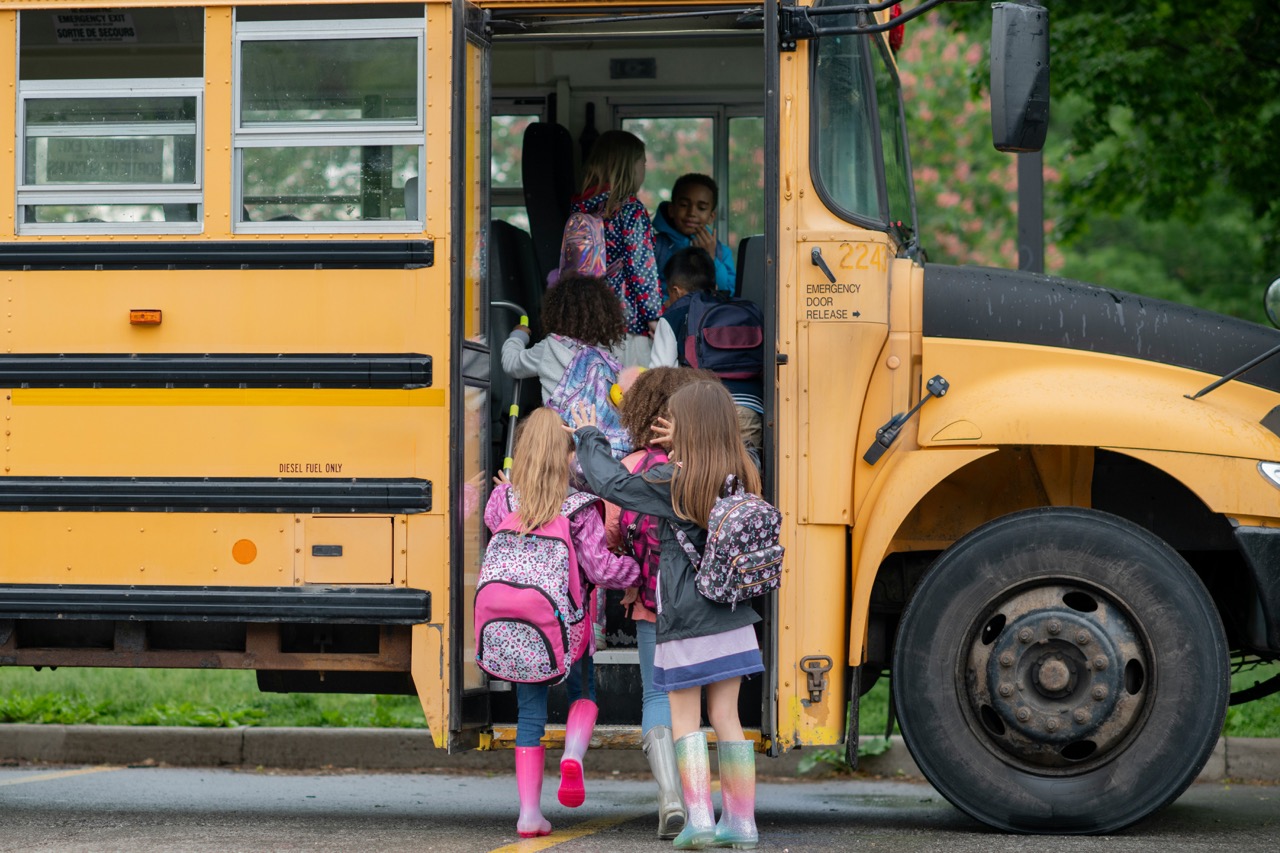Just like adults, children of every age experience feelings of fear, worry, and apprehension from time to time. But if you’re the parent of a child who seems to have a lot of worries, you might find yourself wondering if something more serious is going on.
Even though you know your child better than anyone else, when it comes to anxiety, it’s hard to know what falls outside the limits of typical child or adolescent behavior.
That’s partly because normal things like avoidance, shyness, and introversion can look a lot like symptoms of an anxiety disorder.
Anxiety presents itself differently throughout childhood and into adulthood. But one common thread among everyone who struggles with this condition is that they experience frequent, excessive worry that interrupts their ability to grow and thrive.
You probably already know that your child’s behavioral language will change as they grow. The same is true for how children demonstrate anxiety.
By taking some time to understand how to spot anxiety in children at various ages, you’ll learn what you need to know and determine when it may be time to consult with outside help.
One additional note: The age ranges provided here are intended as a general guide since every child will develop in their own way. With that in mind, if your child is exhibiting symptoms from various developmental stages, or is on the edge of an age range, a professional evaluation can help you better understand their behavior.
In this article, you’ll learn:
- What anxiety in children really is
- Signs of anxiety in children ages 0-2
- Signs of anxiety in children ages 2-6
- Signs of anxiety in children ages 6-12
- If and when to consider outside support
Signs of Anxiety in Children Age 0-2
Children at this age don’t have the ability to express themselves verbally and that can make it difficult to understand how they’re feeling. But rest assured, your child is speaking through their behavior, and with a little guidance you can better understand them.
If you’re wondering whether your 0 to 2-year-old child might be showing signs of an anxiety disorder, consider if you’re noticing any of the following signs and symptoms:
- Difficulty forming a secure attachment with primary caregivers
- Stress response that is typically more severe than what the situation warrants
- Trouble eating
- Digestive issues
- Sleep disturbances
- Appear sad or withdrawn
Signs of Anxiety in Children Age 2-6
Children between the ages of 2 and 6 are beginning to engage with the world around them and interact more dynamically with others.
This is also when they are first able to internalize problems, and when they may begin to show signs of shyness or nervousness within their peers. Of course, these feelings are very typical, and most of us can recall a time in childhood when we felt that way. But if your child is exhibiting some of the signs and symptoms below, it could indicate the presence of an anxiety disorder.
- Overly self-consciousness and nervous
- Easily frightened
- Trouble initiating contact with peers and/or adults
- Stress response that is typically more severe than what the situation warrants
- Easily agitated
- Trouble communicating
- Limited eye contact
- Difficulty making and keeping friends
- Sleep disturbances and frequent nightmares
- Trouble eating
- Digestive issues
- Frequent aches and pains
- Not wanting to go to school
- Not wanting to engage with peers
- Low self-confidence
Signs of Anxiety in Children Age 6-12
As children enter adolescence, they begin to differentiate themselves.
At these ages, their relationships with their peers become more influential and important. Children this age may carry fears about friends, school, changing bodies, and sometimes family dynamics. But fortunately, they now have the ability to express their feelings to a trusted friend or a caring adult, and practice self-soothing when worries arise. However, if your 6- to 12-year-old child is experiencing some of the signs and symptoms below and cannot get their anxious feelings under control, it’s likely time to seek outside support.
- Preoccupation with “what if” questions (especially regarding things that are unlikely to happen)
- Frequent aches and pains
- Digestive issues
- Picky eating
- Worrying about things in the distant future
- Sleep disturbances and frequent nightmares
- Frequent interpersonal conflict
- Trouble concentrating
- Frequently feeling sad
- Withdrawing from friends and loved ones
- Perfectionism and frequent “people-pleasing” behaviors
- Refusal to participate in expected activities or activities they used to enjoy
- Chronic absenteeism
- Frequently exhibits behavior that disrupts the functioning of the family
- Often requiring excessive coaxing for basic activities like hygiene or homework
Finding Support
As always, the information contained in this article isn’t a substitute for a professional evaluation. But if your child is experiencing symptoms that are disrupting their lives at home or school, it might be time to talk to someone.
We know that children suffer from mental illnesses like anxiety disorders at the same rates as adults. Although historically anxiety disorders weren’t diagnosed until later in life, now there are tools designed to identify impairments in children of all ages and developmental stages. This means that we have the ability to detect and diagnose anxiety sooner (even before age two) and intervene before things escalate further. And please remember that Little Otter offers evaluation and services for children when additional support is needed.
in this article
.avif)



.jpg)
.jpg)








.svg)

